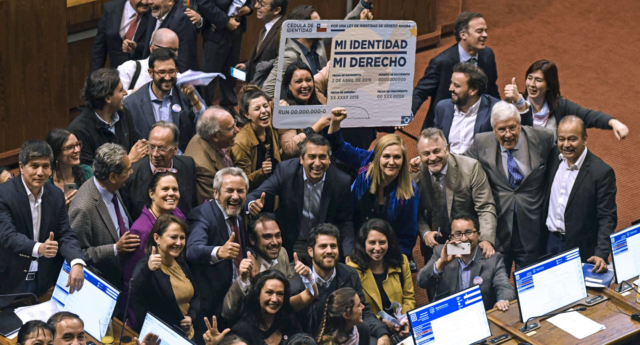France is a country in Europe with a very developed and artistic culture. France has always promoted artistic creation and cultural heritage, and is a hot spot for tourists because of its numerous historical establishments and rich cultural history. Art, literature, music and cinema play a big role in impacting French culture, along with fashion and cuisine. France has a representative democratic republic with a parliament and two executive branches, one lead by the President and the second led by the Prime Minister. Although many believe that France is a "homeland of Human Rights," the press does not have as much freedom as expected. There is a high concentration of ownership in the press, along with the state playing an influential and key role in the media as well. Many newspapers and print magazines are financed by wealthy businessmen or large companies, and most media outlets will make clear their political affiliations, often promoting political opinions and political leaders.
The French print industry struggles financially, and depends on the state to support it, however they still often freely express their opinions despite this dependency. The cost of newspapers is monitored and controlled by the government, and the government will fund things such as printing plants, and does not require publishers to pay a purchase tax, as well as gives journalists a 30% deduction on income taxes. The French radio and television industry is also overseen by the government, and its money comes from license feed collected by the state. The state supervises broadcasts, and the government formed Conseil Superieur de l'Audiovisuel supervises all radio and television. Many consider France to be the "birthplace of cinema," and it has been extremely influential in terms of the film-making process and the art form itself. The French cinema industry is greatly supported by the French Government, in terms of taxes being levied from movies and tax breaks being given for movie production. Most French media aligns itself politically, and is very dependent on the government, which is its owner, sponsor and regulator for the most part.
In the United States, journalism plays a key role in the media. However, American journalists have to work hard to keep audiences engaged and buying their papers, and politics have been playing a huge role in the industry today. Although the United States prides itself on "freedom of the press," surveys in 2013 showed that only 34% of journalists had complete freedom on selecting what stories to cover. This is a result of big businesses or the government affiliating with or owning their papers, which plays a role in what can or cannot be exposed. If a journalist wants to write a story on something that could harm a group of people affiliated with that paper, they are unable to because it puts their affiliations at risk. Unlike France however, the government does not financially support print media because of laws put in place, and the cost of newspapers is not controlled by the government. In terms of public broadcasting, The Corporation for Public Broadcasting is funded by the Federal Government, but the majority of their income comes from donations from members, as well as sponsorships and other means. This is in contrast with the French industry, which is supervised and funded by the state. The television industry in the United States is huge, with almost all households owning at least one TV, compared to France where TV ownership is lower. US TV is also the most widely broadcasted internationally, and is regulated by the Federal Communications Commission. The FCC may control things such as "indecent material," but has very little control on the content of programming aside from that, compared to France where it is overseen and funded almost entirely by the government. Lastly, American Cinema, like French Cinema, has been extremely influential on the industry, especially with Hollywood. American films are often aired in other countries, and Hollywood is the oldest film industry in the world. Politicians used to partner with the American Film industry, but today there is little to no affiliation between politicians and Hollywood, aside from things like the Hollywood Gala that raised funds for Obama during his presidential election. This is unlike France, where the government funds the film industry in large part, but they do share some traits such as some taxes breaks given during film production.
There are many issues of free press in both countries, however the United States ranks slightly lower according to the website Media Landscapes. Although French media has a much greater affiliation with the government, and relies heavily on its funding to stay afloat, its press according to Media Landscapes is still freer in terms of what it can publish. The United States media industry is corrupt, and journalists often find themselves unable to investigate or publish what they want because of bigger businesses or even the government having ties with their paper. However, since most of the revenue comes from independent means such as sponsors and donations, they are still somewhat more free from the government since the government in general has less laws that control the media. The French media industry relies more heavily on the State as a result of laws and the fact that most of their revenue comes from the government, and party affiliations play a large role in the type of content they create. The same thing can be said for the United States media, as politics are playing a larger and larger role in news that interests the general public. However, despite its close ties to the government, the French media system is still able to more freely publish the content it wants compared to the United States.
https://en.wikipedia.org/wiki/France#Politics
https://medialandscapes.org/country/france
http://www.discoverfrance.net/France/DF_media.shtml
http://www.discoverfrance.net/France/DF_media-bc.shtml
https://medialandscapes.org/country/united-states
https://en.wikipedia.org/wiki/Television_in_the_United_States#Regulation









